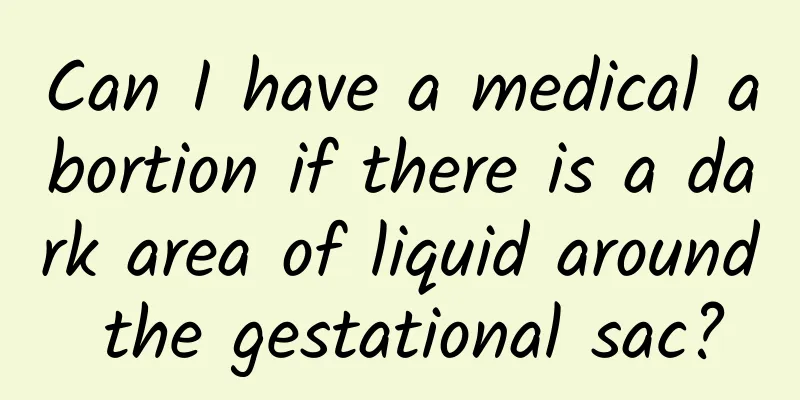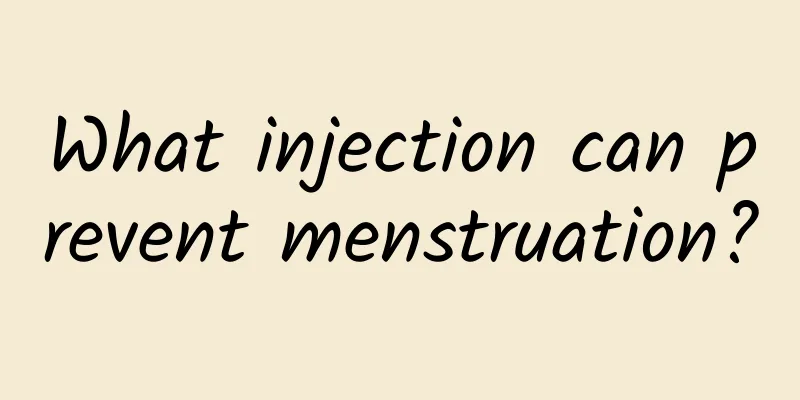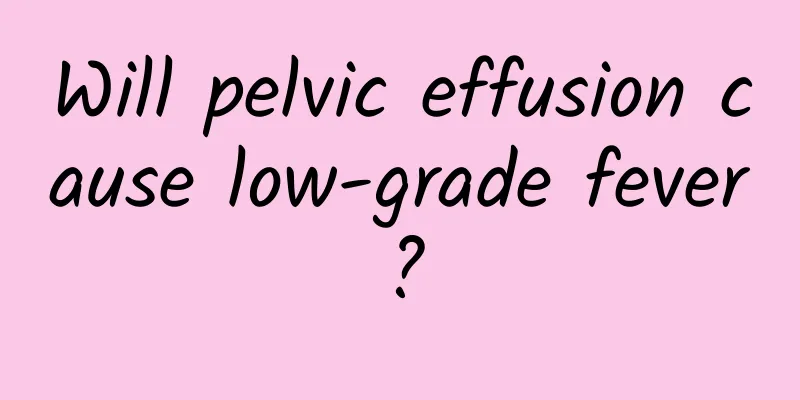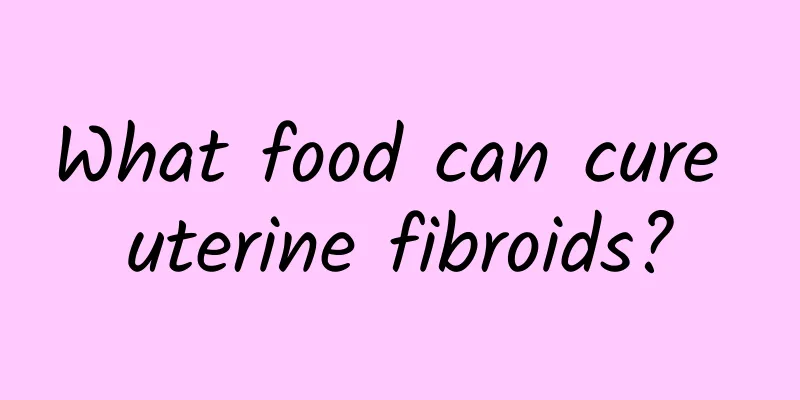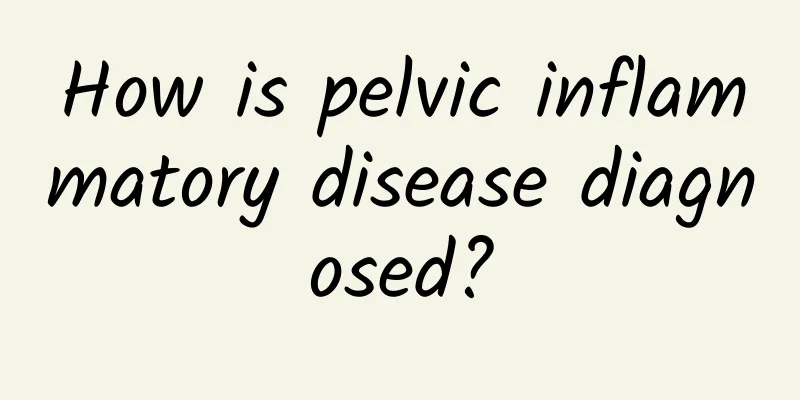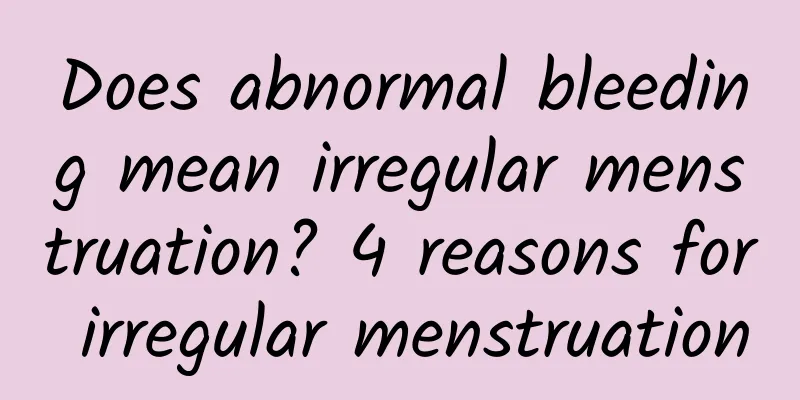What are the treatments for uterine fibroids?
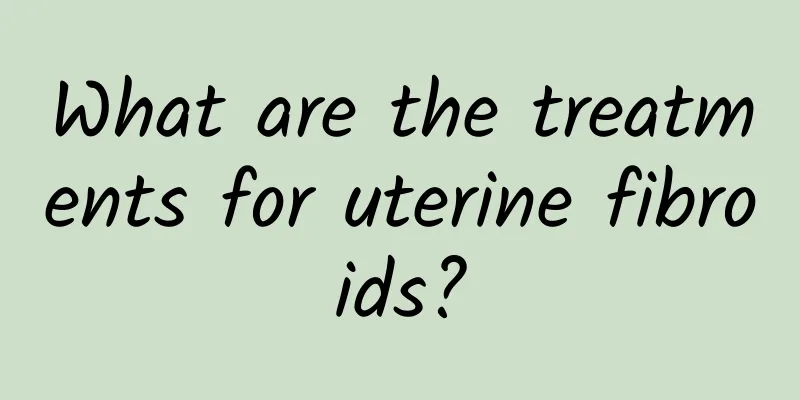
|
With the advancement of medical technology, the treatment methods for uterine fibroids are different. So what are the treatment methods for uterine fibroids ? The following will introduce the treatment methods for uterine fibroids. Common treatments for uterine fibroids include: 1. The treatment of uterine fibroids is firstly follow-up observation: For those whose fibroids are smaller than 8 weeks of pregnancy, without obvious symptoms, or those whose uterus is smaller than 12 weeks of pregnancy, with normal menstruation and no compression symptoms in near-menopausal women, temporary observation can be performed. Follow-up examinations should be conducted every 3 months. Generally, after menopause, due to the decrease of estrogen levels, fibroids can gradually shrink. If the fibroids are found to be enlarged or the symptoms are obvious during the follow-up period, the possibility of malignant transformation of fibroids should be considered. Surgery should be performed in time. 2. Drug treatment: For patients with heavy menstrual flow and uterine enlargement to about 8 weeks of pregnancy, androgen treatment can be used after diagnostic curettage to exclude endometrial cancer. Androgen has the effect of counteracting estrogen, promoting endometrial atrophy, contracting the myometrium and vascular smooth muscle, and reducing bleeding. Methyltestosterone and testosterone propionate are commonly used, but the dosage and method should be under the guidance of a doctor to avoid improper use of drugs, causing endocrine disorders, masculinization, etc. This is also a common treatment for uterine fibroids. 3. Interventional therapy for uterine fibroids: Interventional therapy for uterine fibroids is a non-surgical method that inserts an extremely thin catheter into the blood supply artery or nutrient vessel of the uterine fibroids to block the blood supply of the fibroids, causing them to lose nutrition and self-necrotize, atrophy, or even disappear. This method is suitable for all types of fibroids, has no obvious contraindications and complications, and has the advantages of less trauma, low cost, less pain, no need for blood transfusion during surgery, and fast recovery. It also preserves the patient's reproductive function. Clinically proven, the efficacy is 96%, 100% of the increased menstrual volume is reduced, and 97% of the pelvic compression symptoms and the feeling of falling disappear. It is a new treatment for uterine fibroids. The above is an introduction to the treatment of uterine fibroids. I hope it will be helpful to patients with uterine fibroids. Patients with uterine fibroids should choose the treatment method suitable for them according to their actual condition. For more information, please visit the uterine fibroid disease special topic at http://www..com.cn/fuke/zgjl/ or consult an expert for free. The expert will then give a detailed answer based on the patient's specific situation. |
<<: What are the precautions after painless abortion?
>>: Brief analysis of the symptoms of uterine fibroids
Recommend
What are the consequences of minimally invasive surgery during menstruation?
Minimally invasive surgery during menstruation ma...
Can drinking whey protein help you lose weight? Can I drink if I have chronic kidney disease? Nutritionist cracks it all
Many people drink whey protein after exercise, th...
What are the more effective preventive measures for vaginitis?
Vaginitis is very harmful to women. Many people i...
Effective folk remedies for treating hydatidiform mole
Effective remedies for treating hydatidiform mole...
Council of Agriculture: Will implement the "cow-pig separation" policy
The Council of Agriculture, Executive Yuan, Burea...
What should I do if I keep bleeding after medical abortion and the gestational sac has not been discharged? There are 3 ways
Although medical abortion can achieve the effect ...
What are the clinical manifestations of cervicitis?
Cervicitis is a common gynecological disease, and...
How to cure irregular menstruation?
Some people are under a lot of pressure at work, ...
What are the clinical manifestations of vulvar leukoplakia?
Did you know that vulvar leukoplakia is closely r...
What are the causes of acute pelvic inflammatory disease?
What are the causes of acute pelvic inflammatory ...
What are the care methods for functional uterine bleeding in adolescence?
Dysfunctional uterine bleeding during puberty usu...
What tests should patients with second-degree cervical erosion undergo? What are the symptoms of second-degree cervical erosion?
In life, women who suffer from second-degree cerv...
What are the symptoms of ectopic pregnancy
What are the symptoms of ectopic pregnancy? Under...
Which hospital is best for treating endometrial thickening?
Many female friends often feel that their lower b...
What are the daily care aspects of cervical hypertrophy?
Suffering from cervical hypertrophy should not on...

